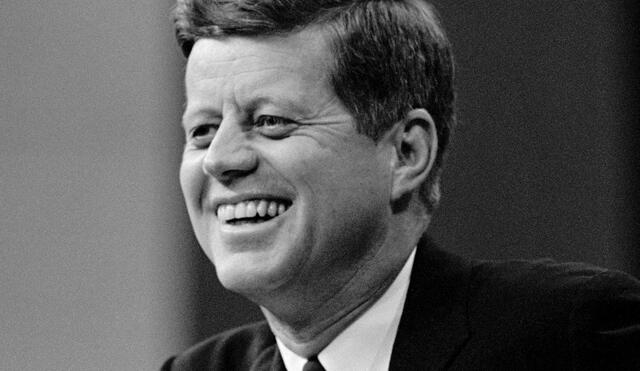New details on JFK assassination: Undercover spies and shooter's profile revealed
Newly declassified JFK assassination files expose covert CIA operations and surveillance of Lee Harvey Oswald before the tragic event, unveiling hidden intelligence secrets that could reshape history.

Recently declassified documents about the assassination of President John F. Kennedy have shed light on previously unknown intelligence operations of the era. One of the most significant findings is the CIA's surveillance of Lee Harvey Oswald during his visits to the Cuban Consulate and the Soviet Embassy in Mexico City weeks before the assassination.
Cold War intrigue: KGB surveillance of Oswald and CIA’s covert operations against Castro
Additionally, the documents reveal that the KGB closely monitored Oswald during his time in the Soviet Union but did not consider him one of their agents. This information suggests that although Oswald was under observation by multiple intelligence agencies, there was no direct connection between him and Soviet intelligence.
Another crucial aspect uncovered is the CIA’s involvement in covert espionage operations, including sabotage attempts and assassination plots against Fidel Castro. These plans reflect the tense relationship between the U.S. and Cuba during the Cold War and how these covert activities might have influenced the broader context surrounding Kennedy’s assassination.
CIA-Mexico collaboration in cold War espionage sparks privacy concerns
The files also detail the collaboration between the CIA and high-ranking Mexican officials, including President Adolfo López Mateos, in surveillance operations. This partnership allowed the U.S. agency to conduct more effective intelligence tracking within Mexico, highlighting the importance of international alliances in Cold War-era espionage.
Finally, the release of these documents has sparked controversy due to the inclusion of personal information, such as Social Security numbers of living individuals. This has raised concerns over privacy and security, leading to criticism of the administration responsible for the declassification.












